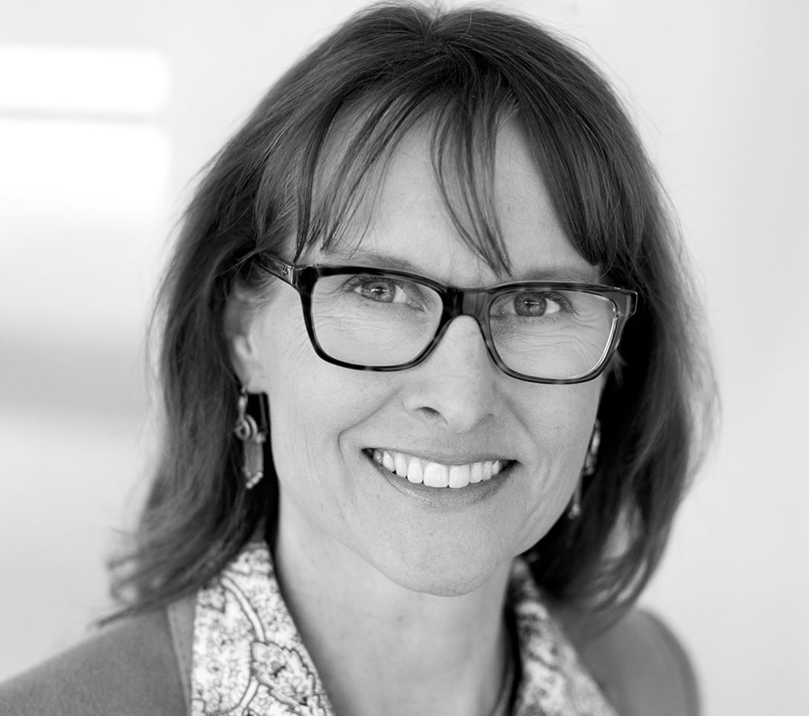- Technology
- SEE MORE
- classical
- general
- talk
- News
- Family
- Bürgerfunk
- pop
- Islam
- soul
- jazz
- Comedy
- humor
- wissenschaft
- opera
- baroque
- gesellschaft
- theater
- Local
- alternative
- electro
- rock
- rap
- lifestyle
- Music
- como
- RNE
- ballads
- greek
- Buddhism
- deportes
- christian
- piano
- djs
- Dance
- dutch
- flamenco
- social
- hope
- christian rock
- academia
- afrique
- Business
- musique
- ελληνική-μουσική
- religion
- World radio
- Zarzuela
- travel
- World
- NFL
- media
- Art
- public
- Sports
- Gospel
- st.
- baptist
- Leisure
- Kids & Family
- musical
- club
- Culture
- Health & Fitness
- True Crime
- Fiction
- children
- Society & Culture
- TV & Film
- gold
- kunst
- música
- gay
- Natural
- a
- francais
- bach
- economics
- kultur
- evangelical
- tech
- Opinion
- Government
- gaming
- College
- technik
- History
- Jesus
- Health
- movies
- radio
- services
- Church
- podcast
- Education
- international
- Transportation
- Other
- kids
- podcasts
- philadelphia
- Noticias
- love
- sport
- Salud
- film
- and
- 4chan
- Disco
- Stories
- fashion
- Arts
- interviews
- hardstyle
- entertainment
- humour
- medieval
- literature
- alma
- Cultura
- video
- TV
- Science
- en
Driving Innovation with Automotive VR Pioneer Elizabeth Baron

b'Elizabeth Baron drove innovation forward at the Ford Motor Company since the \\u201990s, advancing XR technologies in the automotive industry. Now, Elizabeth joins our host Alan as she discusses her new venture, Immersionary Enterprises, as well as her pioneering work at Ford.\\n\\n\\n\\n\\n\\n\\n\\nAlan: Today\\u2019s guest is Elizabeth Baron. Elizabeth has been a true pioneer of virtual and augmented reality as the global lead for immersive realities, bringing together multiple disciplines throughout Ford Motor Company. developing multiple immersive realities using VR, AR, and MR to provide information in context to the design studio, multiple engineering teams, UX developers, and computer-aided engineering analysis and many more. Elizabeth has seen dramatic changes, from huge room-sized, multi-million dollar CAVE systems, to haptic seats, to car cockpits made out of wood. From the promise of virtual reality to it becoming real, Elizabeth has been an industry leader always pushing the limits of technology. \\n\\n\\n\\nShe has just started a new venture called Immersionary Enterprises, to provide probability spaces where an enterprise can study any potential reality, or the art of the impossible or possible, with a host of relevant data. These realities can be shared across a global connected work team for more collaborative decision making. Immersionary Enterprises aims to establish a holistic immersive reviews as a near-perfect communication and collaboration paradigm throughout industrial design and engineering. \\n\\n\\n\\nIt is with great honor that I welcome VR pioneer Elizabeth Baron to the show. Welcome, Elizabeth.\\n\\n\\n\\nElizabeth: Oh thank you for having me, Alan. That\\u2019s quite an introduction. I really appreciate it.\\n\\n\\n\\nAlan: Well, you certainly deserve it. You have been in this industry since the very beginning; you have seen some incredible changes, and maybe you can speak to what you\\u2019ve seen in the last 30 years of being involved in virtual and augmented reality, from where you started to where you are today.\\n\\n\\n\\nElizabeth: Yeah sure. It\\u2019s actually quite a transformation I\\u2019ve witnessed. It really blows my mind in some regards. So, way back in the day when I started my career at Ford Motor Company, virtual reality was out there, but it wasn\\u2019t really a thing in enterprise, per se. And I really became interested in it and started working with it, I would say, before its time. So around the late 90s, I started working in that space and putting together, like, a life-sized human model that could scale to different proportions. We tracked the human through magnetic motion tracking. And since cars are made out of metal, that poses a little bit of a problem, so we created a wood \\u2014 like, oak and mahogany \\u2014 adjustable vehicle that could be a small car or a big truck, and then put you in it, and then changed you to be either like a super tall man or a very small woman, and let you do ergonomic assessments. So at that time, we were limited to 60 thousand polys in our entire scene.\\n\\n\\n\\nAlan: Wow!\\n\\n\\n\\nElizabeth: I know! So we were culling data and massaging things and we\\u2019d say, you know, two weeks and we\\u2019ll have something for you. And we were really working hard because you have to try to represent a vehicle and a person and an environment in 60 thousand polys. So you can imagine what it looked like; it wasn\\u2019t very pretty. But we actually were able to get some value out of it. So we progressed from those days to working more with better tools and optical motion tracking became a thing. So that was a big advancement. So we can now work within prototypes of vehicles and it really opened up another whole set of possibilities for us. And so we worked in that regard, and at that time, I really realized the benefit of doing passive haptics. So'